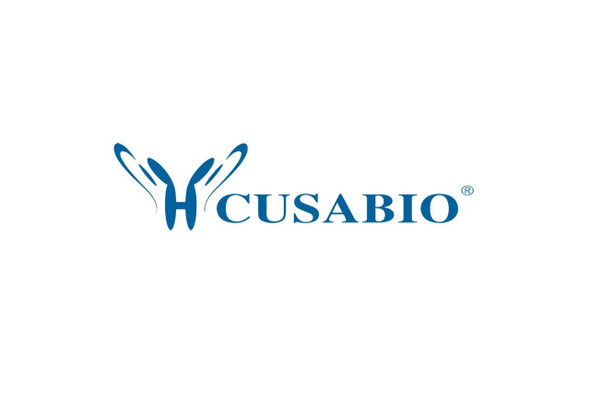Cusabio Virus & Bacteria Recombinants
Recombinant Mycobacterium smegmatis DNA protection during starvation protein (dps) | CSB-EP314354MVW
- SKU:
- CSB-EP314354MVW
- Availability:
- 3 - 7 Working Days
Description
Recombinant Mycobacterium smegmatis DNA protection during starvation protein (dps) | CSB-EP314354MVW | Cusabio
Alternative Name(s): dpsDNA protection during starvation protein; EC 1.16.-.-
Gene Names: dps
Research Areas: Microbiology
Organism: Mycobacterium smegmatis
AA Sequence: MTSFTIPGLSDKKASDVADLLQKQLSTYNDLHLTLKHVHWNVVGPNFIGVHEMIDPQVELVRGYADEVAERIATLGKSPKGTPGAIIKDRTWDDYSVERDTVQAHLAALDLVYNGVIEDTRKSIEKLEDLDLVSQDLLIAHAGELEKFQWFVRAHLESAGGQLTHEGQSTEKGAADKARRKSA
Source: E.coli
Tag Info: N-terminal 6xHis-SUMO-tagged
Expression Region: 1-183aa
Sequence Info: Full Length
MW: 36.3 kDa
Purity: Greater than 90% as determined by SDS-PAGE.
Relevance: Protects DNA from oxidative damage by sequestering intracellular Fe2+ ion and storing it in the form of Fe3+ oxyhydroxide mineral. One hydrogen peroxide oxidizes two Fe2+ ions, which prevents hydroxyl radical production by the Fenton reaction (By similarity). It protects DNA from hydroxyl radical-mediated cleavage. Binds DNA with no apparent sequence specificity without self-aggregation nor promotion of DNA condensation. Is unable to protect DNA from DNase-mediated cleavage.
Reference: "Bimodal protection of DNA by Mycobacterium smegmatis DNA-binding protein from stationary phase cells."Gupta S., Chatterji D.J. Biol. Chem. 278:5235-5241(2003)
Storage: The shelf life is related to many factors, storage state, buffer ingredients, storage temperature and the stability of the protein itself. Generally, the shelf life of liquid form is 6 months at -20?/-80?. The shelf life of lyophilized form is 12 months at -20?/-80?.
Notes: Repeated freezing and thawing is not recommended. Store working aliquots at 4? for up to one week.
Function: Protects DNA from oxidative damage by sequestering intracellular Fe(2+) ion and storing it in the form of Fe(3+) oxyhydroxide mineral. One hydrogen peroxide oxidizes two Fe(2+) ions, which prevents hydroxyl radical production by the Fenton reaction (By similarity). It protects DNA from hydroxyl radical-mediated cleavage. Binds DNA with no apparent sequence specificity without self-aggregation nor promotion of DNA condensation. Is unable to protect DNA from DNase-mediated cleavage.
Involvement in disease:
Subcellular Location: Cytoplasm, nucleoid
Protein Families: Dps family
Tissue Specificity:
Paythway:
Form: Liquid or Lyophilized powder
Buffer: If the delivery form is liquid, the default storage buffer is Tris/PBS-based buffer, 5%-50% glycerol. If the delivery form is lyophilized powder, the buffer before lyophilization is Tris/PBS-based buffer, 6% Trehalose, pH 8.0.
Reconstitution: We recommend that this vial be briefly centrifuged prior to opening to bring the contents to the bottom. Please reconstitute protein in deionized sterile water to a concentration of 0.1-1.0 mg/mL.We recommend to add 5-50% of glycerol (final concentration) and aliquot for long-term storage at -20?/-80?. Our default final concentration of glycerol is 50%. Customers could use it as reference.
Uniprot ID: P0C558
HGNC Database Link: N/A
UniGene Database Link: N/A
KEGG Database Link: N/A
STRING Database Link: N/A
OMIM Database Link: N/A









